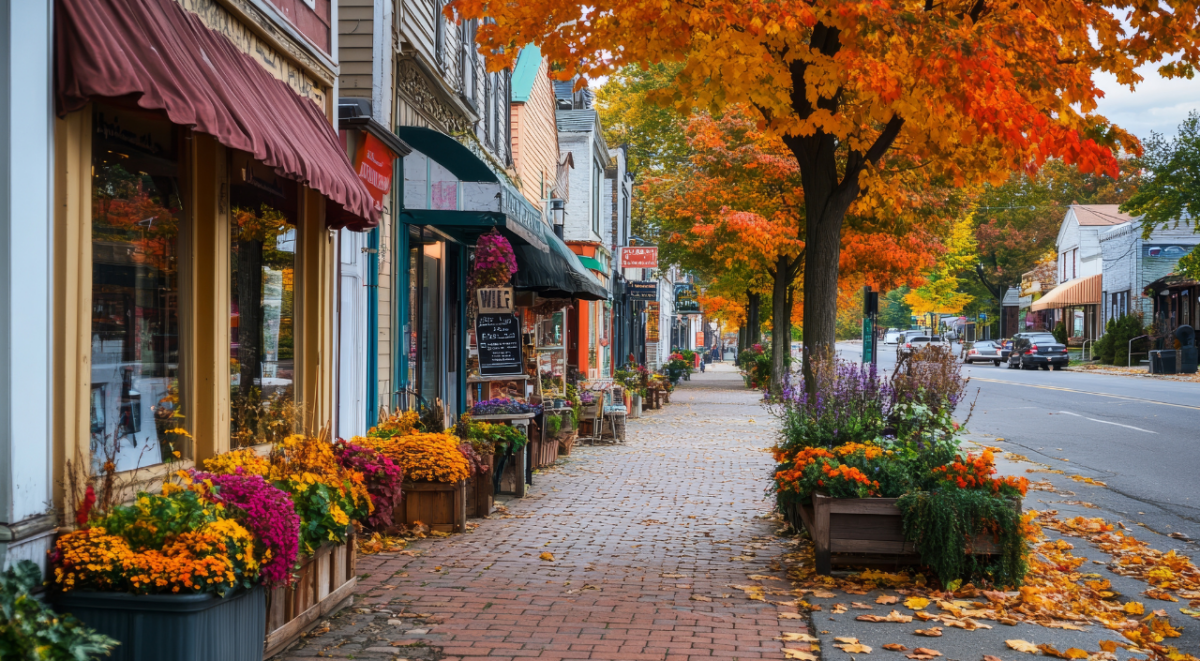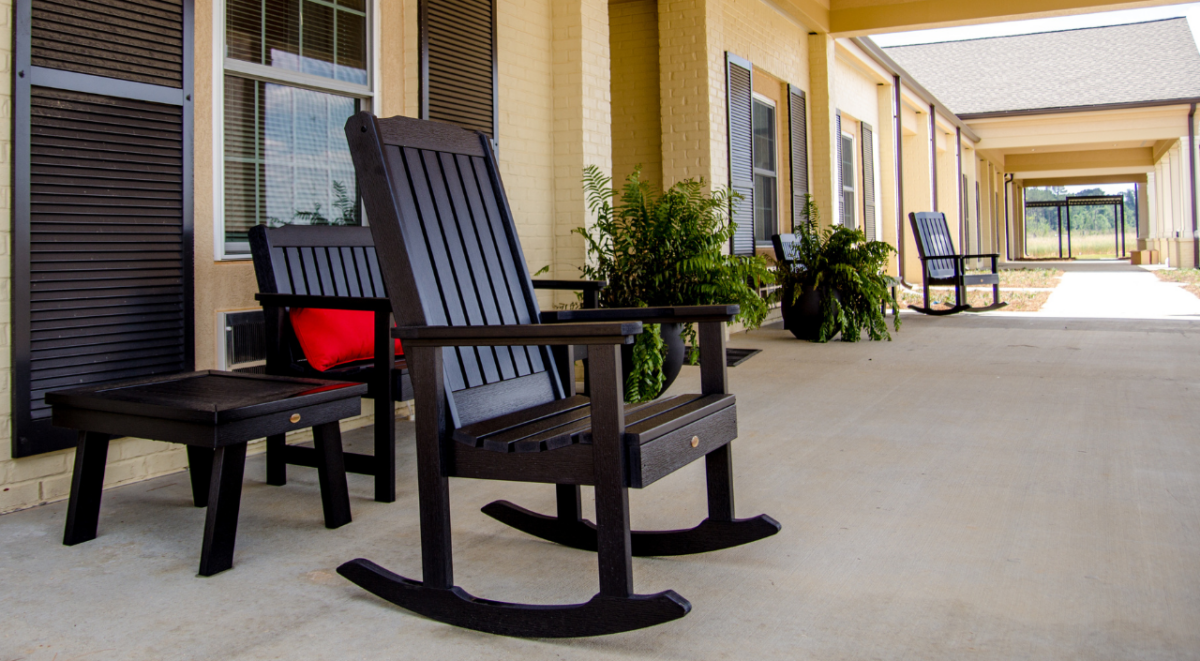Understanding Business Refinancing After Interest Rate Cuts
With the Federal Reserve recently lowering interest rates in fall 2024 – the first decrease in four years – businesses nationwide could improve their financial standing through refinancing, a less favorable option in recent years. This rate decrease may signal the possibility of further adjustments, creating a timely opportunity for businesses to explore refinancing. Two particularly attractive options for business owners to consider are the USDA OneRD Guarantee Loan Program and the SBA 7(a) Loan Program. Why? North Avenue Capital offers and prefers variable rates that are adjusted quarterly.
Let’s explore why now might be the perfect time to make this strategic financial move and try to understand the current lending landscape. In September 2024, the Fed announced a 50-basis-point rate cut, which signaled what is perceived and predicted to be a new downward trajectory for U.S. interest rates. And while nothing is guaranteed, it appears that the rate hikes are over for now. In fact, many experts expect more cuts to follow.
With interest rates trending downward, refinancing current debt potentially allows businesses to lower their monthly payments and improve cash flow. Businesses also may qualify for more favorable terms when refinancing compared to when they originally borrowed. For example, if a business is stuck with a fixed-rate loan, there is no better time to lock in a variable rate.
Business owners may even consider reinvesting their savings into growth initiatives. Examples include inventory purchases, marketing initiatives, hiring new employees, or making equipment upgrades. Refinancing allows businesses to consolidate multiple debt payments into a single, manageable loan.
USDA OneRD Loan Program: A Rural Business’s Best Friend
The USDA Rural Development (USDA OneRD) Loan Program consists of an umbrella of four government-guaranteed loans earmarked for rural businesses. North Avenue Capital, a multi-state lender, actively lends to three USDA Rural Development loan programs: USDA Rural Energy for America Program (USDA REAP), USDA Community Facilities (USDA CF), and USDA Business & Industry (USDA B&I).
When it comes to businesses looking to refinance, the USDA Business & Industry Loan is the most versatile loan program the USDA OneRD program has to offer as the USDA REAP and USDA CF Loans have a bit more eligibility requirements that come along with each program.
A USDA B&I Loan provides funding to the broadest industry types. Businesses eligible for USDA Business & Industry Loans include hospitality, food production, entertainment, manufacturing, healthcare, commercial real estate, restaurant & retail, timber, etc. North Avenue Capital participates in USDA B&I lending with loans starting at $2 million.
The biggest eligibility requirement is the location of the business needing financing. These loans are exclusively available to businesses in rural locations with populations of 50,000 or fewer residents. This might sound restrictive. However, 97% of the U.S. is considered rural. Quickly check a project’s geographical eligibility using NAC’s convenient map tool.
USDA B&I Loan Key Features:
- Competitive Interest Rates: The recent Fed rate cut makes these already-competitive loans even more attractive. Plus, NAC offers loans with variable rates adjusted quarterly.
- Long Repayment Terms: Up to 30 years.
- High Loan Amounts: Up to $25 million per entity.
- Flexible Use: Loans can be used to refinance existing debt, purchase real estate, or fund working capital. Other eligible projects include acquisition, equipment purchases, renovation and ground-up construction, and startups.
SBA 7(a) Loans: The Small Business Standard
Another popular government-guaranteed loan program is the Small Business Administration’s 7(a) Loan Program, a sister program to the USDA’s Rural Development Program. The SBA’s primary program for offering financial assistance to small businesses nationwide is the SBA 7(a) Loan Program.
Similarly to USDA OneRD Loans, SBA loans are not directly issued by the SBA but rather by participating lenders, like NAC. The SBA and USDA guarantee portions of the loans. While the two programs are similar, there are several program differences for small business owners to consider before refinancing.
Unlike USDA business loans, SBA 7(a) Loans are available to small businesses nationwide, with no ‘rural’ constraint. However, to qualify for an SBA 7(a) Loan, businesses must meet the SBA size requirements to be classified as a “small business.” These requirements include market share, business income, number of employees, etc. Most businesses in the U.S. are considered small businesses. In fact, 99.9% of all American businesses qualify as small.
SBA 7(a) Loans also are available to businesses across a variety of industries, including but not limited to, owner-occupied commercial real estate, professional service firms (medical, dental, legal, accounting, etc.), childcare, car washes and gas stations, and hospitality. These loans extend up to $5 million. NAC participates in the SBA 7(a) Program with established businesses seeking loans starting at $500,000.
SBA 7(a) Loan Key Features:
- Reasonable Rates: Now, even more attractive with the Fed rate cut. Plus, NAC offers loans with quarterly adjusted variable rates.
- Favorable Terms: Lower down payments compared to traditional loans and repayment terms of up to 25 years.
- Predictable Payments: Fixed maturity
- Multiple Uses: Can refinance existing debt, purchase real estate, fund working capital, expand existing business, purchase equipment or fixtures, or fund a partnership buyout.
Steps to Refinance
Once you’ve decided to refinance, you might wonder what’s next. Now is the time to trust the experts in USDA and SBA lending to help guide you through the refinancing process. Before doing anything else, contact a government-guaranteed lender, such as North Avenue Capital, to assist you along the way.
- Evaluate Current Debt: Assess your existing loans, interest rates, and terms.
- Check Eligibility: Ensure you meet the criteria for USDA or SBA loans. If you have any questions, an NAC loan specialist can help.
- Gather Documentation: Prepare financial statements, tax returns, and business plans.
- Apply: Have an experienced lender, like NAC, submit your application with all required documentation.
Given the current financial landscape, refinancing is a great option for many business owners, but there are potential challenges to consider. For starters, processing time might be a factor. Government-backed loans may take longer to process, but an SBA 7(a) loan from NAC typically can close in 30 days post-document collection. However, NAC’s expert lending team is ready to assist and can move as quickly as the borrower does. The sooner a borrower submits the requested project documentation, the quicker we get to closing day. If only a portion of the new loan is used to refinance, some limitations on the use of funds may apply with USDA and SBA loans. Again, an NAC loan specialist can help business owners navigate any restrictions on the use of loan funds.
Conclusion
The recent interest rate cut by the Federal Reserve has created an opportune moment for businesses to consider refinancing through USDA OneRD or SBA 7(a) Loans. While the process requires careful consideration and preparation, the potential benefits of lower interest rates, improved cash flow, and better loan terms make it an avenue worth exploring for many businesses.
If you’re a small business owner, take the time to evaluate your current debt situation. Consult with your financial advisor or call NAC to determine if refinancing through one of these programs could benefit your business in the long run. If you are a broker, seek out businesses that took out loans starting in 2021, when interest rates began increasing. In today’s competitive business environment, optimizing your or your client’s financial position could give you the edge you need to thrive and grow.


